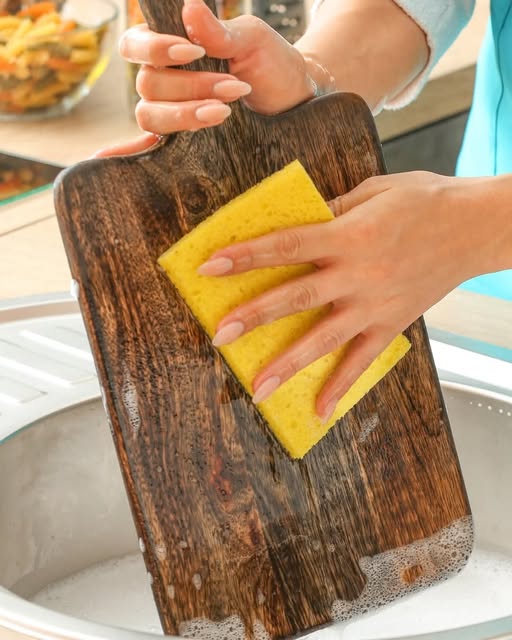The leading cause of food poisoning when using cutting boards is cross-contamination. This happens when harmful bacteria or pathogens from raw foods, like poultry, meat, or seafood, transfer to other foods (such as vegetables or fruits) that aren’t cooked before being eaten. Here’s why:
Raw Meat Residue: Cutting boards used for raw meats can harbor harmful bacteria like Salmonella, E. coli, or Campylobacter. If not cleaned properly, these bacteria can be transferred to other foods prepared on the same surface.
Improper Cleaning: If cutting boards aren’t thoroughly cleaned after use (especially between cutting raw and ready-to-eat foods), the bacteria can linger and spread.
To avoid food poisoning, follow these tips:
Use separate cutting boards: Have one for raw meats and another for fruits, vegetables, and ready-to-eat foods.
Clean and sanitize: After using a cutting board, wash it with hot, soapy water and sanitize it with a food-safe disinfectant or a vinegar-water solution.
Choose the right material: Plastic cutting boards are easier to sanitize than wooden ones. However, if you use wood, make sure it’s regularly cleaned and doesn’t have deep grooves where bacteria can hide.
Inspect for damage: If your cutting board has deep grooves, cracks, or stains, it’s best to replace it, as bacteria can grow in these areas.
By following these simple steps, you can reduce the risk of foodborne illnesses and keep your meals safe and healthy!



Yo Make również polubił
Blueberry Streusel Bundt Cake: A Perfectly Moist, Fruity Delight
Najlepszy przepis na domowy majonez do posiłków
Banana Drink to Burn Stomach Fat: A Refreshing and Healthy Boost
Ciasto w 5 minut! Słynne norweskie ciasto, które rozpływa się w ustach! Po prostu pyszne!